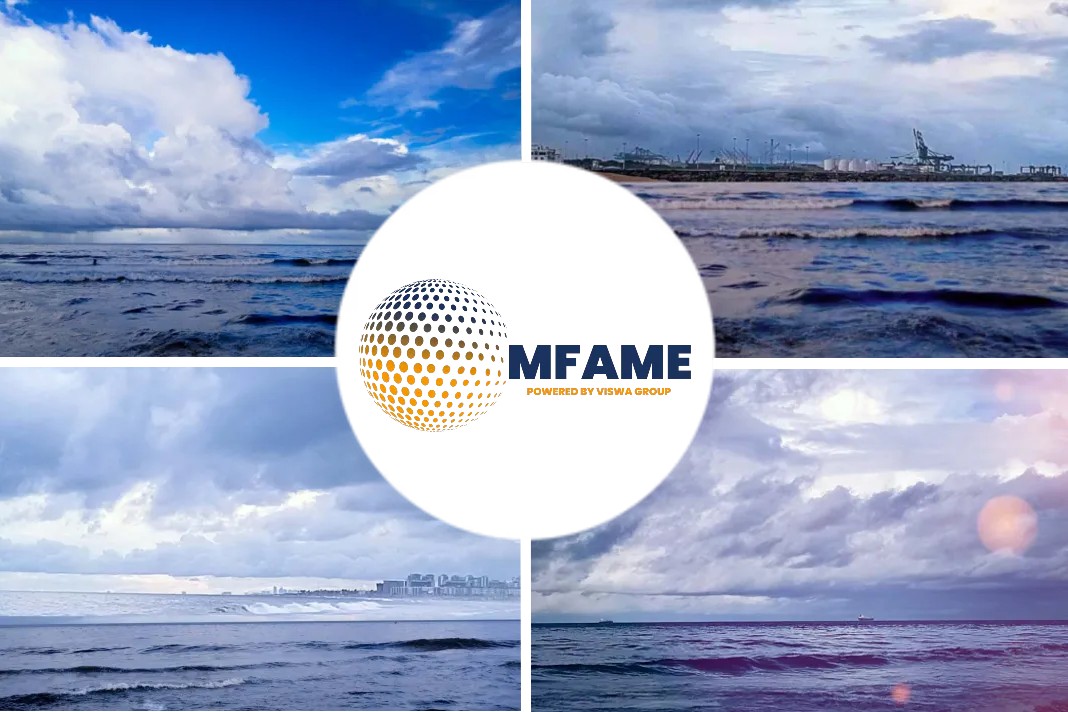- BP announced that they have successfully tested Low Sulphur Fuel Oil at sea and will be selling 0.50% before 2020.
- International Energy Agency projected that almost half of the global fleet will use marine gas oil in 2020 and eventually, 40% will burn Very Low Sulphur Fuel (LSFO).
- The biggest challenge is to prepare their ships when changing over from High Sulphur Fuel Oil (HSFO) to Low Sulphur Fuel Oil (LSFO).
- FOBAS recommends implementing a fuel segregation plan to avoid comingling fuels – due to a high risk of destabilizing the fuels and in most situations.
Sulphur 2020 (MARPOL Annex VI Reg. 14.1.3) is still dominating headlines and as we draw closer to the 1 January 2020 deadline, says an article published in Llyod’s Register.
Key challenges
It is clear that this is a big challenge for numerous players within the industry, from supplier to the end-user. At this point owners and operators should have chosen their compliance option. We’re now seeing major fuel suppliers announcing their availability of 0.50% compliant fuel.
Testing of LSFO
Last month, BP announced that they have successfully tested Low Sulphur Fuel Oil at sea and will be selling 0.50% before 2020. This came shortly after the International Energy Agency projected that almost half of the global fleet will use marine gas oil in 2020 and eventually, 40% will burn Very Low Sulphur Fuel (LSFO).
We’ve also seen that compliant fuel is available in ports such as Rotterdam. Importantly, this gives shipowners and operators the ability to plan ahead – as they learn which suppliers have what fuel available and where – helping them get their fleets and crews ready for this regulation.
The biggest challenge
For shipowners and operators, the biggest challenge is to prepare their ships when changing over from High Sulphur Fuel Oil (HSFO) to Low Sulphur Fuel Oil (LSFO). They will need to work out how much investment is needed to prepare the ship’s fuel systems and tanks; this might involve cleaning tanks which takes time, effort and money as the ship will need to be off-hire.
Owners and operators also have the option to leave their tanks and hope that this change of fuel will not damage them or affect operations. Alternatively, they can consider the implications of the diversity of fuels that might come with this regulation. For example, will this require segmentation? If so, does the owner or operator have spare tanks to segment the fuel?
Test, prepare and plan
Our Fuel Oil Bunker Analysis and Advisory Service (FOBAS) team have been analyzing 0.50% fuels to set a baseline understanding of compatibility and from a technical perspective, we would recommend implementing a fuel segregation plan. Whether that’s considering loading a light product compared to a heavy one, and or making greater efforts to segregate and avoid comingling fuels – industry experts warn against mixing one bunker with another as there’s a high risk of destabilizing the fuels and in most situations, crews can’t easily assess the degree of risk of this happening until the fuel is already onboard, so segregation of bunkers is important.
The next step is managing the diversity of the viscosities of the fuels and managing any incompatibility thus observed between the different bunkers onboard: if crews must mix, then working out the ratio’s involved and any potential resultant properties is key. These are all important considerations and decisions to be made now as part of the ship implementation plan, as recommended by the IMO, allowing owners and operators the time to test, prepare and plan.
Some crews have had limited or no experience of using LSFO, and therefore crews need to be prepared for this, particularly when it comes to fuel management on board. All ships should have a fuel management protocol onboard, which is likely to be a procedure covered in the company’s ship management system. However, shipowners and operators need to go beyond this and ensure their crew has a proactive mindset to comply with the Sulphur 2020 limit. This should address an additional fuel change plan, for which the ship implementation plan will include key preparatory milestones, so considering whether there is a need to update their fuel management strategies to include bunker segregation and fuel compatibility.
A word of caution
There is some speculation that because we’re going to have a diverse range of fuel blends there will be quality issues, owners and crew will need to make sure there are barriers in place to protect against contamination if it occurs. This might not necessarily happen because all residual fuels are for the most part blended and blending has been a common practice in the shipping industry for many decades, but it’s right to be cautious.
Reputable suppliers should meet the standards set out in ISO-8217, the marine fuel standard that gives the criteria of the core parameters which must be met by any fuel if it’s to be used onboard a ship. We recommend purchasing against the latest revision of the international marine fuel standard ISO-8217:2017. With this, the supplier knows the parameters and targets set out in ISO-8217 and understands that there are clauses in the standard that expects the supplier to have quality assurance within the supply chain and consequently their responsibilities to heed to that.
When it comes to Sulphur 2020, planning is critical. Approximately 50% of the world fleet has little or no experience operating in an Emission Control Area (ECA) and having to switch to working with low sulphur fuel nor have they experienced this type of change before, so awareness for crews and preparing fuel systems and tanks is fundamental to get this change safely and effectively implemented. Yes, there are risks and safety concerns, however, the industry can tackle these with a sense of confidence if sufficient planning, testing, and stakeholder engagement are implemented.
Did you subscribe to our daily newsletter?
It’s Free! Click here to Subscribe!
Source: LlyodsRegister


















